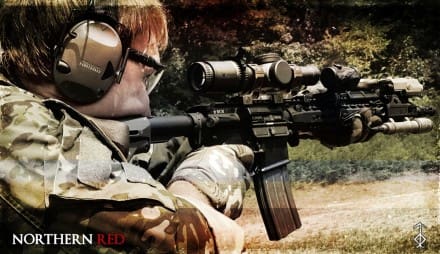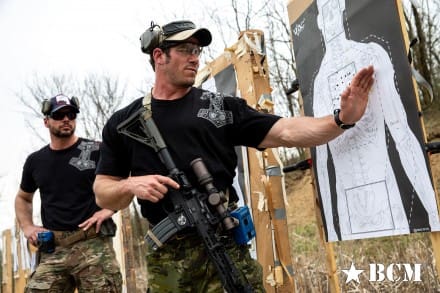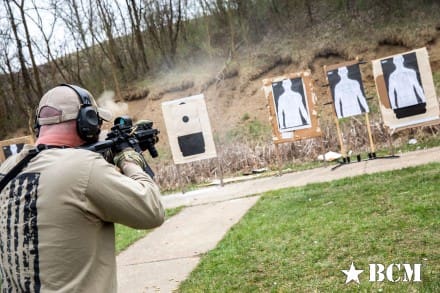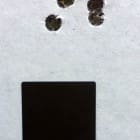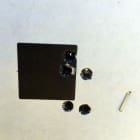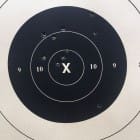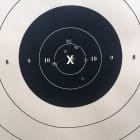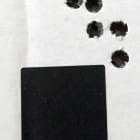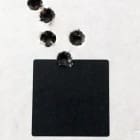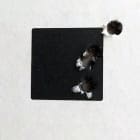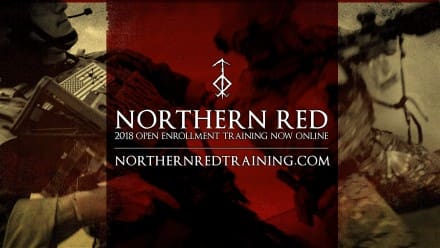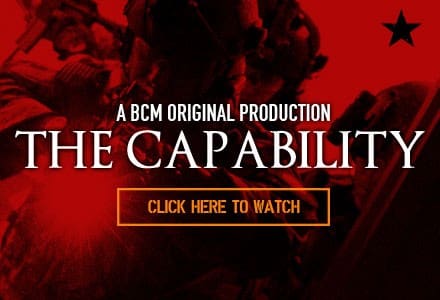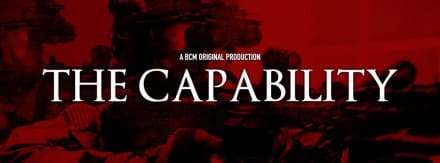OPPOSITION BASED TRAINING
Those who have attended a Northern Red CQB course fully understand our philosophy on Opposition Based Training. We incorporate Force-On-Force iterations throughout our curriculum because we are acutely aware of the vast benefits it provides. Northern Red only concerns itself with TTP’s that address, and defeat active resistance. This is reflected in all of our marksmanship and tactics based programs of instruction. Using live role-players who will fight back is the means in which we apply this ideology during Close Quarters Battle training. Today, we are going to discuss the purpose and benefits of utilizing force-on-force training. We will also identify several key elements that will ensure the desired end state of opposed training is continuously met.
Mike Tyson said it best when he stated, “Everyone’s got a plan until they get punched in the face.” This is an outstanding quote from a professional in a combat sport that directly correlates to the main reason we stress the use of opposition based training; Vetting Tactic’s, Techniques, and Procedures. How many fighters that faced Tyson during his prime had the perfect fight plan? They trained and implemented what they thought would work against him, only to find themselves on their backs staring at the ceiling. So what went wrong? Was their plan wrong? Were their tactics inferior? Were they simply overwhelmed by superior skill and ability? The answers to these questions can be debated, but we feel the main reason they were unsuccessful is crystal clear. They did not train against someone that resembled the speed, power, and style of fighting that Tyson possessed. Once they got hit with that type of power, it was overwhelming and usually led to a quick and painful demise. Just like combat sports or hand-to-hand fighting, the only way to truly vet a combat based TTP is to test it against strong and consistent resistance. If no one fights back, you can literally employ any technique you wish and come out on top. From one man clearing techniques, to overly complicated ways to navigate through hallways and intersections; if you do not encounter real resistance, you will always “seem” to be successful. This non or passive resistance style of training breeds a false sense of confidence in TTP’s that have never been truly vetted. Many TTP’s brief well, but the true test is if they consistently work against a ready, willing, and committed opponent.
Another reason for implementing this type of training is the real-world atmosphere it provides. Fundamentally, force-on-force training is the most accurate representation of combat that can be administered in a safe and controlled manner. Opposition based training induces stress, allowing assaulters and leadership to understand how they as individuals, or as a team, handle dynamic and chaotic situations. Very few people become overwhelmed when shooting paper targets. This is obviously the optimal setting used to instill the fundamentals of any TTP. However, if we constantly stay in this comfort zone, we are setting ourselves up for failure. We must provide an environment that will induce the physiological effects of stress, and provide it as often as possible. Through mental preparation and the proper training, we can learn to cull these effects, catching their onset and having the means to deal with them accordingly. Furthermore, fighting a person has a completely different feel than encountering static targets. Dummies and paper do not shoot, move, or communicate. We have rarely seen students shoot paper targets without acquiring their sights. They shoot these targets the same way they do on the range. On the other hand, we frequently see students engaging live role players looking over their aiming device. Why? Seeing a human behind your sights is different than seeing a two-dimensional piece of paper. Force-on-force training is the only way to attain and understand the sensation of acquiring your sights on a real person and deliver enough rounds to the right location in order to eliminate the threat in a non-lethal environment. In our opinion, simulators are a waste of time and money. Although they can be fun to train on, they do not produce the necessary end-state that live opposition does. Training and range scars will rear their ugly heads if opposition based training is not consistently put to use. These scars are ultimately paid for in blood.
Here are some common mistakes encountered when using Force-on-Force training and suggestions from the Northern Red crew to maximize this incredible training tool:
1. Setting up the same layouts.
People all too often use the same facility, with the same layout, and same positions for the OPFOR. We understand that training sites are, and can be limited, but you can still give different looks to the trainees. Mix up the layouts and position of the role players as much as possible. You do not want assaulters “gaming” the run. You’re not training for an IPSC match, where competitors get to walk through stages before shooting, so attempt to provide a wide variety of looks as often as possible.
2. Failing to strategically emplace OPFOR.
We use OPFOR to drive home key learning points such as: looking deep, simultaneous clears of opposing threat areas, proper clearance of sectors of fire, etc. If you just set role players somewhere and do not have a valid reason for them being in that location, training can de-rail quickly. If you are trying to drive home the point of sectors in depth, then set up the OPFOR deep in the next room ensuring the assaulters are seeing deep through the open door. Always have a purpose for the location of role players.
3. Not briefing role players for their particular job.
We suggest that OPFOR be individually briefed for what their role is during that particular iteration. When we emplace OPFOR, we provide them with detailed instructions and specifically describe what we want them to do or look for. In addition, we instruct OPFOR to stay in an engagement until they are accurately engaged multiple times. Allowing OPFOR to quit the fight too early does not provide a realistic encounter to the assaulters, it builds a deadly training scar. After all, we are training for the people who will fight us to their last breath, right?
4. Not using new guys as OPFOR.
One of the best ways for a new assaulter to understand the consequences of their mistakes is to use him as OPFOR. The learning point will be evidently clear to him when he sees someone makes a similar mistake. He will now see from the enemy’s perspective, which is worth its weight in gold. This will intensely reinforce the “why” behind the TTP’s, and limit the amount of times they repeat the same mistake.
5. Playing the SIMMS game.
This is the biggest pet peeve that Northern Red has regarding opposition based training. Assaulters hanging out in front of closed doors, seeking cover behind couches, or doing things they, and we, know they would never do during a real gun fight. If you wouldn’t do it with live ammo, you probably shouldn’t be doing it with non-lethal ammunition. We all know the consequences for getting shot with marking rounds. If we follow the proper safety procedures, at most they can cause some discomfort. With that being said, we must not allow ourselves or our students to play the game. It’s extremely counter-productive and highly detrimental to mission success.
We suggest that you utilize opposition based training into all of your required skill sets. Certainly, they must be used at the appropriate time and place in the learning cycle. There must be a solid foundation in the basics before you dial up the stress level. Once the foundation is set, we reinforce it with this training methodology based on the reasons we discussed. We used CQB as the main platform in this post, but you can use this type of training in many different ways. From hand-to hand, to any and all tactics, the perks of encountering human beings in training are far too important to neglect.
Gunfighter Moment is a feature brought to you by Bravo Company USA. Bravo Company is home of the Gunfighters, and they bring us a different trainer to offer some words of wisdom.
